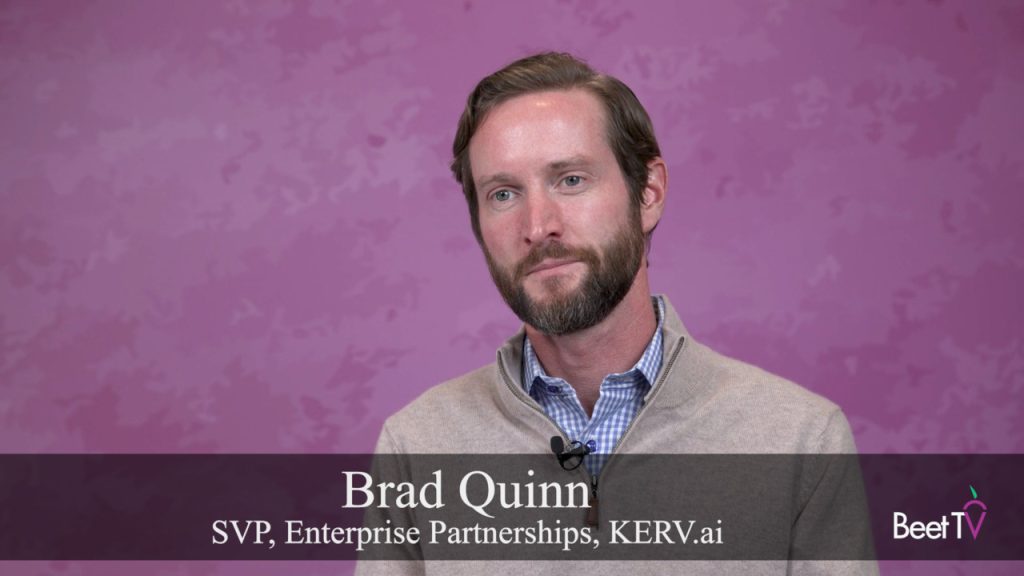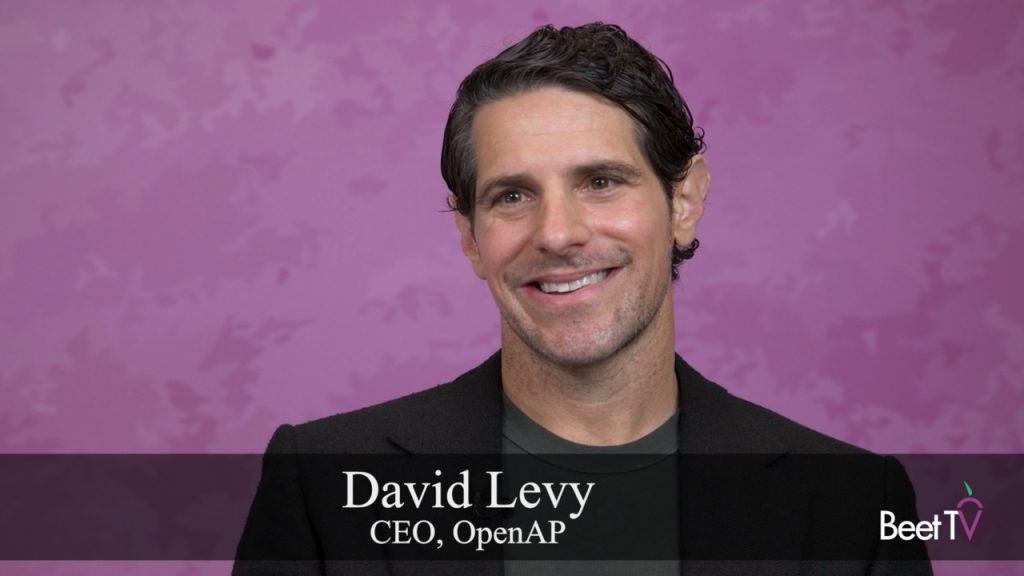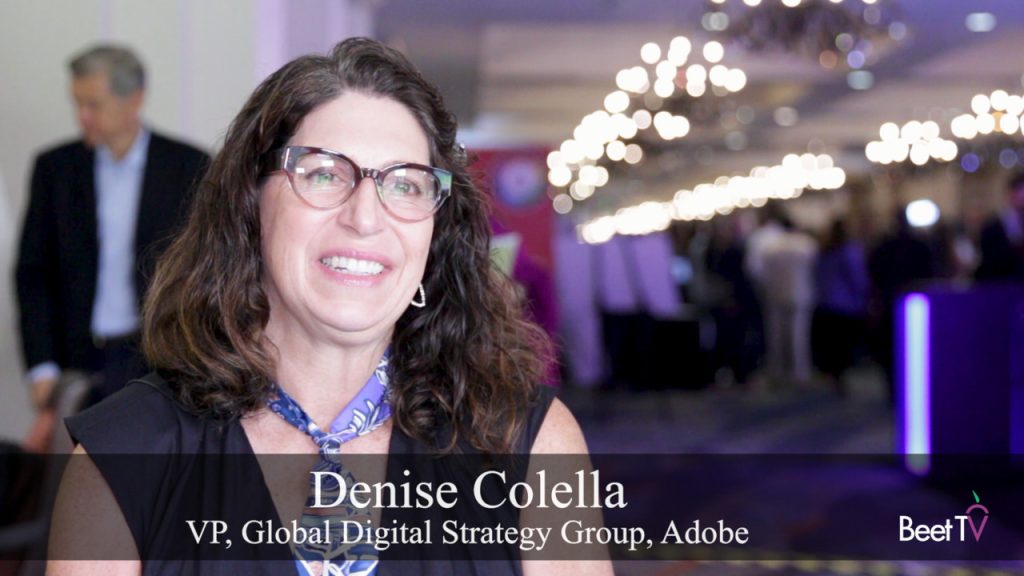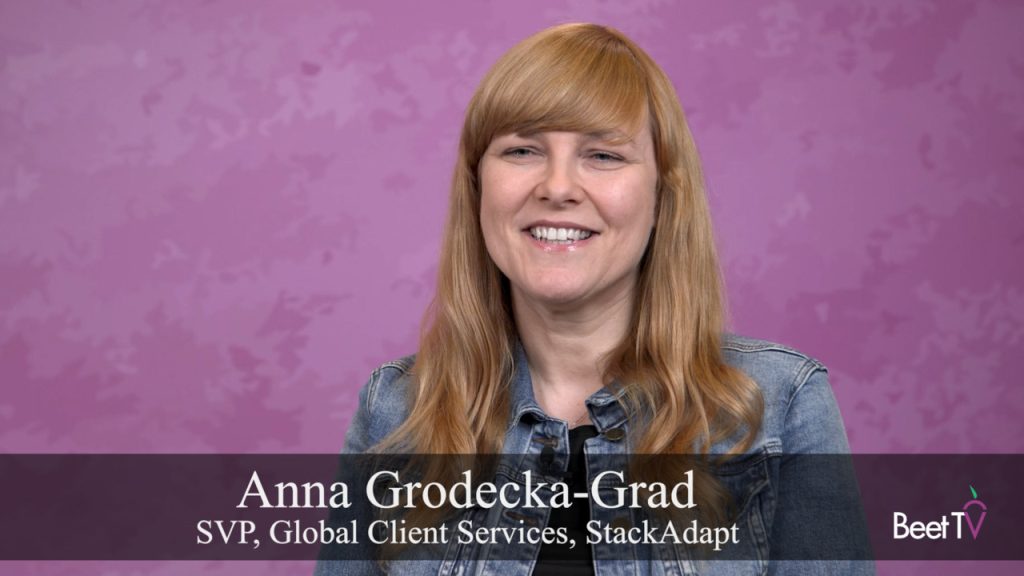The shift in viewing habits from linear TV to newer digital video platforms has challenged major advertisers to achieve the same kind of reach they could expect in past years. The availability of more data sources about consumers is helping marketers and their media buyers to improve their targeting and avoid duplication among different platforms.
“Convergence is really about the broadcast reach that has traditionally been available on age/gender, plus the addressability and the targeting that digital has brought,” Will Offeman, chief product officer at ad management platform WideOrbit, said in this interview with Beet.TV. “We’re moving into an era where they want to take the best of both worlds. They want as much reach as possible, and to get reads on various different audiences.”
As much as media buyers use audience data to inform their decision-making, sellers of commercial time also rely on data to improve their effectiveness in selling available inventory.
“There’s a number of issues. One of which is just upfront in the sales process, making sure that when they’re … doing all of the sales work, they can come to market with a consistent message,” Offeman said. “A lot of that is also making sure they get access to the data. Data is more important, and there’s lots of different outlets for those data feeds.”
The data not only include Nielsen research on age and gender, but also customized data sets indicating the intentions of consumers to buy products or services.
Fragmented Marketplace
As viewers divide their time among linear TV, over-the-top (OTT) platforms, search engines and social media, mass marketers are seeking a unified view of their customers’ media consumption habits. The fragmentation is challenging for media buyers and sellers.
“Buying premium content at scale is incredibly challenging. It’s getting better in that we’re getting more and more data sources so that we can layer that onto the national feeds,” Offeman said. “The fast adoption of OTT has made things more difficult for the buy side, and more difficult for our sellers to provide the packaging across the two.”
Looking ahead, Offeman hopes buyers and sellers of media can develop “a common currency” that helps to compare the value of linear and digital platforms — and gives more credit to media channels that bring consumers into the purchase funnel.
“I really hope that over time, we can get better agreements on currency and who the currency of records are, and be able to agree on what those are,” he said. “I hope we start to see better multi-touch attribution so that our customers get proper credit for the message that’s been delivered to the audiences. Historically, digital has been the last touch. Our core customers — TV stations, radio stations, cable networks, etc. — aren’t always getting enough credit for that.”
You are watching “Reaching Convergence: Finding Unified Solutions,” a Beet.TV leadership series presented by WideOrbit. For more videos, please visit this page.
































